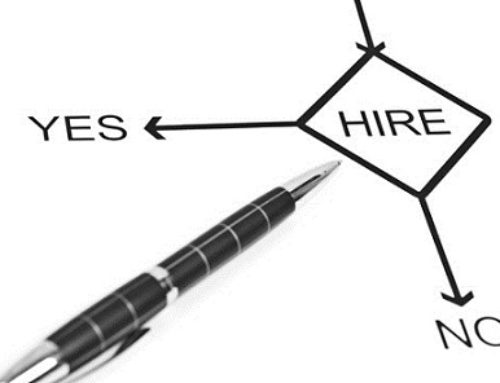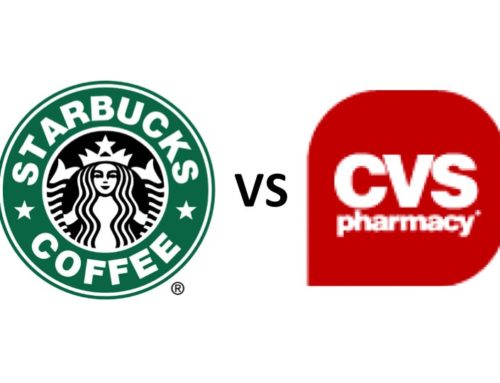EaglePoint of View:
Digital and Social Media #2
What % of shoppers used their mobile phones to conduct research on products in-store?
52% (Pew Research)
This is in-store traffic. Retailer’s traffic. Potentially diverted and distracted by their phone.
What this means if you are a retailer or cataloger:
If your online websites and your physical stores are not geared for mobile browsing, then you are losing potential customers faster than you can possibly imagine. We have already spoken about the impact that the IPad is having on consumer and corporate America.
Mobile smartphone penetration is further along than the tablets and you can see the potential damage it can cause. 52% of shoppers is a boatload of potential customers. And this number does not include potential catalog customers who are using the IPad at home.
Your spend on in-store merchandising better account for mobile browsing or you will lose more and more customers. Why? Look at the next question.
What this means if you are a manufacturer:
Retailers are going to be looking for ways to ensure that their products cannot be easily “showroomed”. Expect retailers to demand differentiated products, not just SKU changes so that consumers cannot easily price compare while in retailer stores. And if preventing price comparison is impossible, then retailers are going to ask for more price support to match internet prices. Target has already sent out a letter requesting this.
What % of those mobile browsers in-store ultimately made their purchase online?
19% (roughly 10% of all shoppers) (Pew Research)
What this means if you are a retailer or cataloger:
Hopefully, the lost retail sale went to the retailer’s online business. But don’t bet on this. More likely, the sale went to an internet site and probably Amazon. Showrooming. Plain and simple.
All that money spent on retail look-and-feel and 10% of all shoppers that went into stores to buy something, instead bought the product online — whether from that retailer or a competitor. Given how most retail websites pale by comparison to the ease of transactionality and price to Amazon, Zappos and Wayfair, its likely the retailer lost those sales.
What this means if you are a manufacturer:
If you are supplying Amazon, you will need to make some critical channel decisions. Are you going to help your current retail partners with their online competition with Amazon? Is Amazon making increasing demands like other large retailers? And how are you thinking about your own online presence? Are you investing in your online ecommerce capability or relying on Amazon to deliver sales?
What % of cell owners used their phones to price comparison shop while they were in the store?
24% (Pew Research)
- Shoppers are saying that shopping is omnichannel even while they are in the store.
- They expect to use their technology to get them the best price possible.
- Shoppers are willing to consider waiting for the product to save money — immediacy is not everything
What this means:
- Stores need to become far more mobile sensitive and aware at the individual customer level. Feed their need for info. If they want reviews, help them get product reviews through you, not around you.
- Use your Bar codes or QR to get them their key data more quickly than if they go online.
- Provide incentives that convert the time/money calculation to the retailer’s in-store favor. That means in-store promotional targeting that is very specific and event-driven.
To see this data visually, click here.






